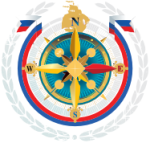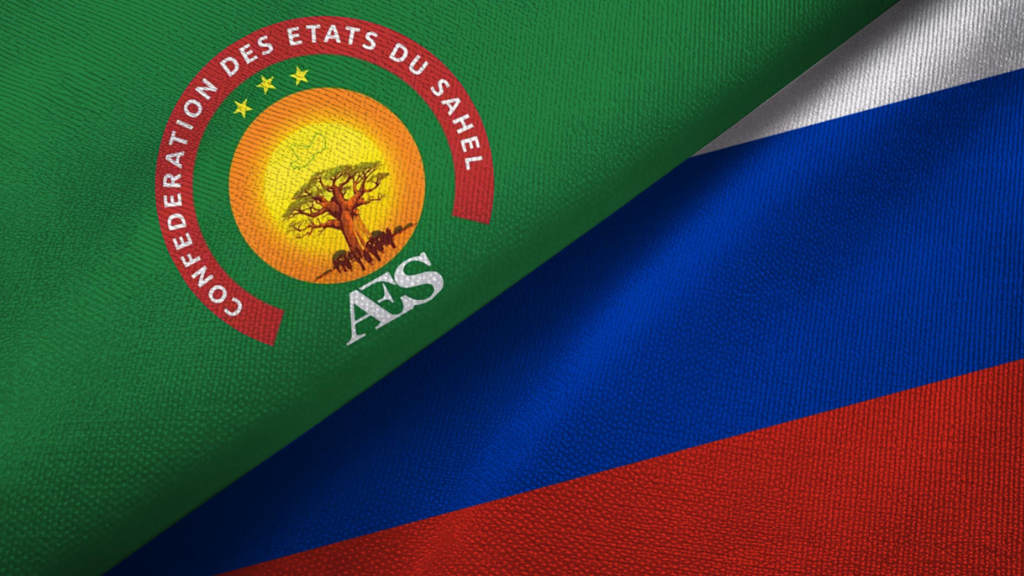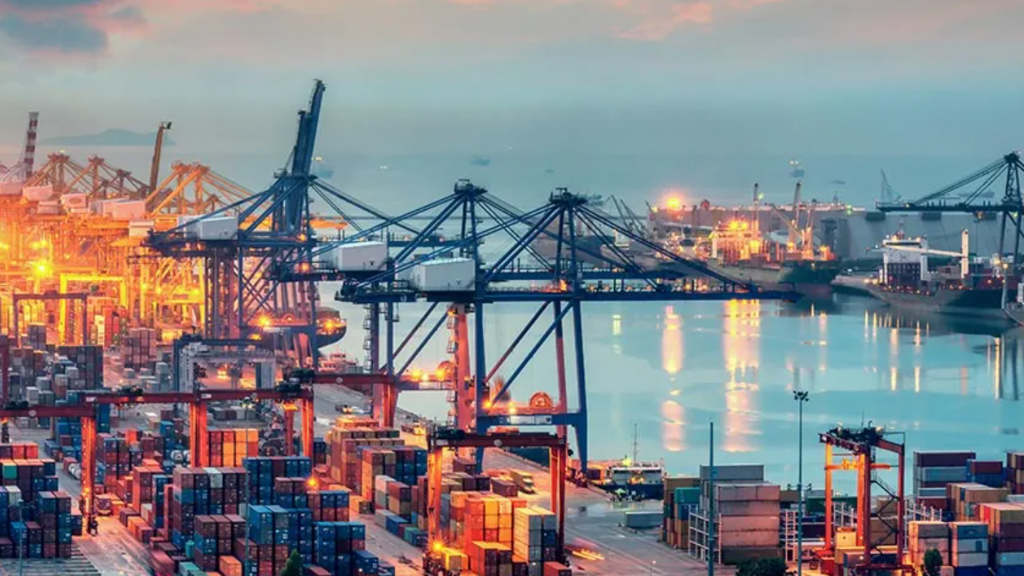The Russian Foreign Minister, Sergey Lavrov, has met with the Foreign Ministers of the Confederation of Sahel States (AES), namely Abdoulaye Diop (Mali), Karamoko Jean-Marie Traoré (Burkina Faso), and Yaou Sangaré Bakary (Niger).
The AES (Alliance des États du Sahel) is a confederation formed between Mali, Niger, and Burkina Faso in the Sahel region of Africa. It originated as a mutual defense pact created in September 2023 following the 2023 Nigerien crisis, in which the West African political bloc ECOWAS threatened to intervene militarily following a successful coup d’état in Niger earlier that year. All three member states are former members of ECOWAS and currently under military control following a string of successful coups: the 2021 Malian coup d’état, the September 2022 Burkina Faso coup d’état, and the 2023 Niger coup d’état, largely created by problems with French diplomatic and security withdrawal from the Sahel region. The confederation was established on 6 July 2024. It has geopolitical influence, as the region has significant raw uranium deposits, particularly in Niger, and has been active in resisting what it views as previous French colonial attitudes towards their countries.
The split from ECOWAS, which is generally considered a trade bloc, has also created mistrust between the AES and other regional African governments.
During the meeting, a comprehensive range of issues concerning priority areas of collaboration between Russia and the AES were discussed, including the deepening of political dialogue and the enhancement of cooperation in security, trade, economic, cultural, and other areas. A detailed exchange of views regarding the situation in the Sahara-Sahel region, with particular emphasis on countering terrorist and security threats, was also carried out.
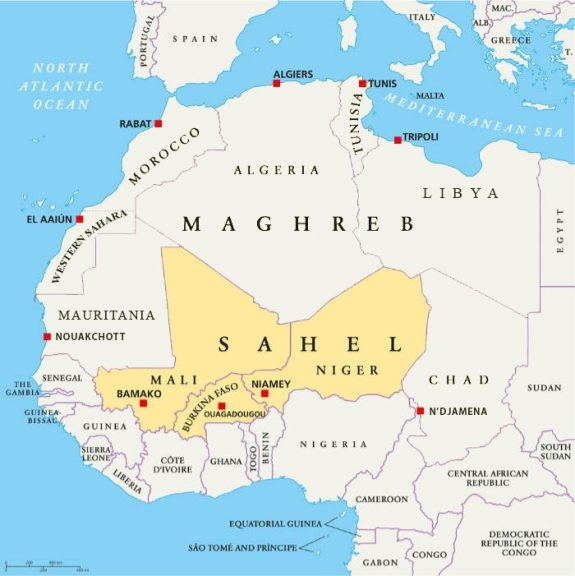
The AES’s stated goal is to pool resources to build energy and communications infrastructure, establish a common market, implement a monetary union under a proposed currency, allow free movement of persons, enable industrialization, and invest in agriculture, mines, and the energy sector, with the end goal of federalizing into a single sovereign state. The AES is against neo-colonialism and has demonstrated this with acts such as downgrading the status of the French language and renaming colonial street names. It is also anti-French and anti-ECOWAS in outlook, as it disagrees with many of their policies.
The economic outlook for AES countries, however, is positive. We examine their basic economic and trade demographics as follows:
Mali
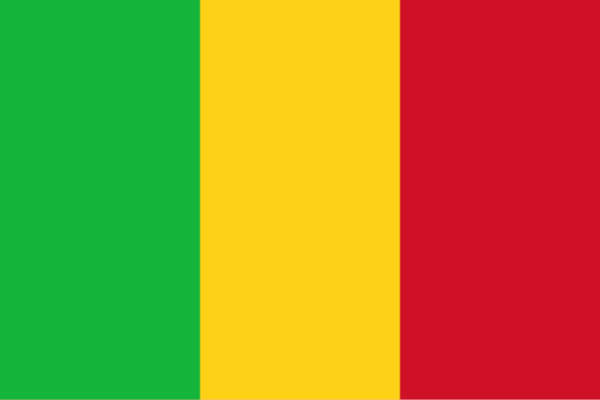
Mali is the eighth-largest country in Africa, with an area of over 1,240,192 km². It is landlocked and has a population of about 23.3 million, 50% of whom are estimated to be under the age of 16.
Mali’s northern borders reach deep into the Sahara Desert. The country’s southern part, where the majority of inhabitants live, is in the Sudanian savanna and has the Niger and Senegal rivers running through it. The country’s economy centres on agriculture and mining with its most prominent natural resources including gold—Mali is the third largest producer in Africa. Mali’s GDP (PPP) is US$180 billion, with a growth rate of 4.8%.
Russia is assisting Mali attain ‘good delivery.’ to allow it to sell its gold on international exchanges, and is involved in developing Mali’s nuclear power industry, having signed a cooperation agreement in June. Rosatom are currently involved with building NPP in Mali. Russia is also providing security assistance through its Africa Corps.
Burkina Faso
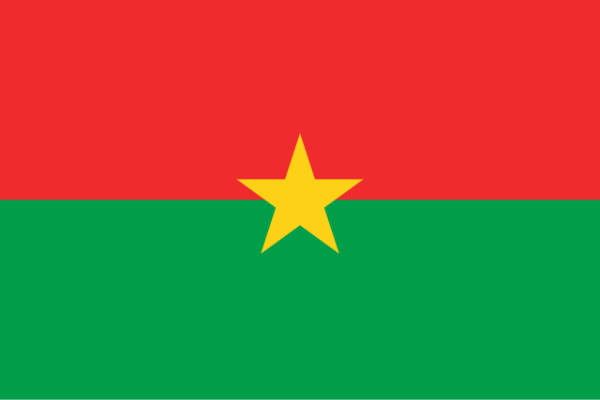
Burkina Faso is also landlocked, covering an area of 274,223 km² with a population of about 23.3 million. It is one of the least developed countries in the world, with a GDP (PPP) of about US$72 billion; however, it had a GDP growth rate in 2024 of 4.9%, with the World Bank projecting a 2025 growth rate of 4.3%.
Burkina Faso’s economy is primarily based on subsistence farming and livestock raising, with more than 80% of the population in this sector and only a small fraction directly involved in industry and services. A large part of the economic activity of the country is funded by international aid, although the country does have significant gold ore deposits and is the fourth largest producer in Africa.
Earlier this year, Burkina Faso and Russia signed an agreement on cooperation in the nuclear energy sector . Rosatom’s wind energy division is building a 200-megawatt solar power plant in Mali, which will increase electricity production in the country by 10%, and plans for the construction of a nuclear power plant are being discussed. Russia is providing security assistance through its Afrika Korps. The possibility of launching direct flights between Moscow and Ouagadougou is being discussed.
Niger
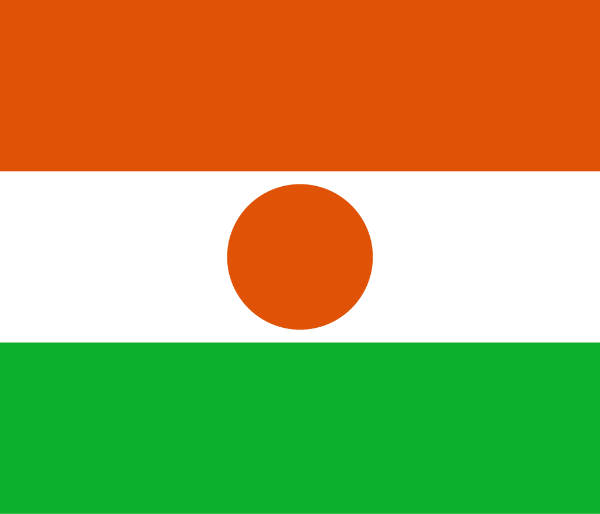
Niger covers a land area of almost 1.27 million km², and it is the largest landlocked country in West Africa. Over 80% of its land area is in the Sahara Desert. It has a population of about 25 million and a GDP (PPP) of about US$43 billion. Niger was the fastest-growing economy in Africa in 2024, with a growth rate of 8.4%. The world bank projects a 2025 growth rate of 7.1%.
Niger has significant uranium reserves and until 2021 was the main supplier of uranium to the EU; however, accusations of unfair French practices saw supply to France and the EU cancelled, while French security forces were forced to leave the country in 2023. Apart from its nuclear energy significance, much of Niger relies on subsistence crops and livestock. However, drought cycles and desertification have undercut the local economy.
Russia and Niger cooperate in the field of nuclear energy : In July last year, a memorandum of understanding was signed between Rosatom and the Ministry of Energy of the Republic of Niger. Russian Energy Minister Sergei Tsivilev noted that Russia’s task is not just to participate in uranium mining but to create an entire system for the development of peaceful nuclear energy in Niger. “This includes the construction of an electric power plant so that it is accessible to every resident of the country and cooperation in the field of nuclear medicine. We have also agreed to jointly train specialists in this field.”
Summary
Russia’s development in the Sahel region has largely gone under the radar but has significant implications for the energy security of the EU and of West Africa. What were uranium reserves almost exclusively being used for the benefit of France and the EU will now be used for the development of the Sahel states, and when online, could additionally provide the Sahel countries with electricity exports to the rest of West Africa.
The Sahel region, however, faces other challenges; all are landlocked countries, while global warming and desertification are serious challenges. There are also Islamic insurgency problems to the north. Moscow’s primary aim is to provide security and stability, then to help these countries develop their own energy resources, helping them down the line to reinvest in their own economies and infrastructure. While Rosatom (and Russia) will undoubtedly benefit, Moscow is providing a much fairer agreement and is also helping fund the NPP developments via loans and regional mining activities in fairer deals than were previously being offered by France.
That said, the region will still require decades of ongoing support and development to help it achieve its true potential. With much of the Sahel desert, and with a combined population of nearly 75 million, Russia’s involvement is as much humanitarian as it is energy focused.
Further Reading
Africa To Become Russia’s Third Largest Coal Importer and Significant NPP Operator
